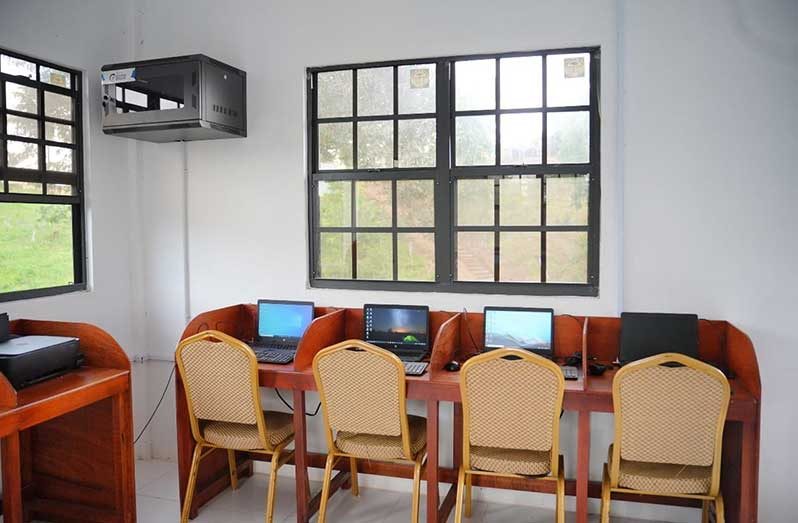-PM Phillips says Guyana on path to successful digital inclusion
THE Office of the Prime Minister, through the National Data Management Authority (NDMA), has successfully completed phase one of the Low Earth Orbiting (LEO) Satellite Connectivity Project, a transformative initiative aimed at providing high-speed internet to over 250 hinterland, remote, and riverine communities by the end of 2024.
This project marks a significant step in the Government of Guyana’s efforts to bridge the digital divide and improve access to essential services in underserved regions.
The LEO Satellite Connectivity Project is a direct response to the stark disparities in internet access between coastal and hinterland communities. Recognising the critical role that reliable internet connectivity plays in modern life, Prime Minister Brigadier (Ret’d) Mark Phillips highlighted the project’s importance, stating, “Access to reliable internet connectivity is crucial for accessing vital services, improving education outcomes, and fostering economic opportunities.”
Since its launch in July 2024, the LEO project has made significant strides, establishing nearly 150 connections in over 55 communities. These connections are strategically focused on empowering key institutions such as health facilities, schools, and police outposts, enhancing their operational capabilities and improving service delivery. The initiative is part of the broader WiFiGY programme, which aims to expand public internet access across the nation and currently provides free internet in nearly 900 public spaces.
Prime Minister Phillips emphasised the project’s impact on bridging the digital divide, noting, “The completion of phase one marks a pivotal moment in our efforts to bridge the digital divide and enhance the quality of life in Guyana’s hinterland communities, moving communities from connecting to connected.”
NDMA General Manager, Christopher Deen, echoed these sentiments, stating, “This initiative will ensure that no community is left behind, regardless of their geographical location. By providing free internet services, we aim to empower individuals and communities to participate fully in the digital economy and improve overall quality of life.”
Phase one of the LEO Satellite Connectivity Project focused primarily on Region One and its sub-districts. With phase two set to commence shortly, the project will expand its reach to Region Three, Region Six (Corentyne River), and the Mazaruni River areas in Region Seven. The remaining phases are scheduled for completion before the end of 2024, ensuring that communities across Guyana will benefit from this groundbreaking initiative.
Beyond providing internet access, the LEO project also promotes digital literacy and inclusion. By connecting communities to online resources and e-learning platforms such as GOAL, the government is equipping students and educators with the tools necessary for success in a digital age. The initiative is also expected to stimulate local economies by creating job opportunities and fostering innovation, as communities gain access to the digital economy.
In addition to the LEO project, the Office of the Prime Minister is implementing various ICT programmes aimed at enhancing digital engagement and participation among citizens. These efforts include the establishment of ICT hubs in Indigenous communities, which serve as centres for digital learning and access to e-government services. Coupled with renewable energy projects by the Guyana Energy Agency, the Government is ensuring that communities have access to stable and reliable electricity for essential services.
As the Government continues to roll out these initiatives, the LEO Satellite Connectivity Project stands as a testament to its commitment to inclusive development, ensuring that all Guyanese, regardless of location, have the opportunity to thrive in the digital era.



.jpg)








